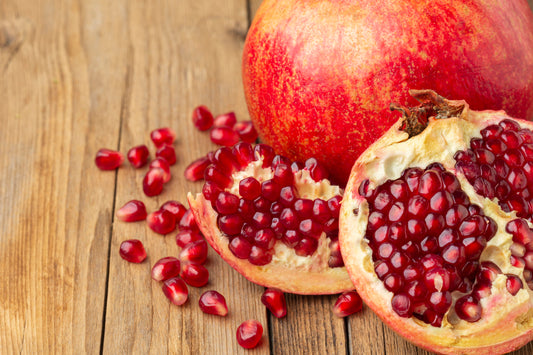Good habits at the table
The cornerstone in any weight loss process is a balanced diet. The importance of incorporating a variety of nutrient-dense foods cannot be overstated. By focusing on portion control and prioritizing fruits, vegetables, lean proteins, and whole grains, you ensure you are getting the nutrients you need while effectively managing your calorie intake.
Balanced diet
To lose weight, it is important not to eliminate food groups or follow "fad" diets, but to focus on balance and variety to support bodily functions. Fruits and vegetables, for example, are rich in fiber and help keep you feeling full longer. Lean proteins from chicken, fish and alternatively those of plant origin from legumes, are essential for muscle repair and growth. Whole grains offer sustained energy, keeping blood sugar levels stable.
Portion control
Understanding portion sizes can have a big impact on weight loss. There are several strategies you can adopt, such as using smaller plates, checking portion sizes on labels, and listening to your body's hunger signals. Eating slowly and stopping when you feel full can prevent binge eating.
Effective training strategies for weight loss
Exercise is equally important for weight loss and overall health. Different types of activities suit different fitness levels and preferences, contributing to the fat burning process and muscle building.
Explore different types of exercise
Cardiovascular exercises, such as running, cycling, and swimming, improve heart health and burn calories. Strength training, such as lifting weights or using resistance bands, helps build muscle mass, which can increase your metabolism and the number of calories you burn at rest. Flexibility exercises, including yoga and stretching, improve muscle function, reduce the risk of injury, and support overall physical performance.
Create an effective workout routine to lose weight
Establishing a workout routine that promotes weight loss and fits your lifestyle is essential for a consistent commitment over time. Start by setting realistic and achievable goals and gradually increase the intensity and duration of your workouts. A combination of different exercises can make your routine more interesting and also test different muscle groups.
Maintain consistency with exercise habits
Set specific times for your workouts, monitor your progress, and adjust if necessary. Staying motivated can be challenging, so consider joining groups, finding a workout buddy, or using apps to track your results.
Behavioral and Mindset Changes for Weight Loss
The Importance of Mindset
The way we perceive our ''health journey'' greatly influences the outcome. Having a positive mindset helps us overcome obstacles, manage difficulties and pursue long-term goals. It is essential to develop a mindset that not only accepts challenges, but welcomes them as opportunities for growth.
Set SMART goals
Specific, measurable, attainable, realistic, and time-bound (SMART) goals provide clarity and accountability.
- Specifics: objectives must be clear and well defined.
- Measurable : Make sure goals can be measured, such as “I will take 10,000 steps a day.”
- Reachable: goals must be realistic and achievable within the established timeframes.
- Realistic: Goals must be important to everyone and fit into their lifestyle.
- Defined in time: set a deadline to help you stay focused and motivated.
Behavior
Being aware of your eating habits and activity levels is the first step toward change. Recognizing behaviors that hinder your progress allows you to change them. For example, it is important to plan meals in advance; set reminders to move more throughout the day; surround yourself with a support network that promotes healthy lifestyles to increase motivation.



